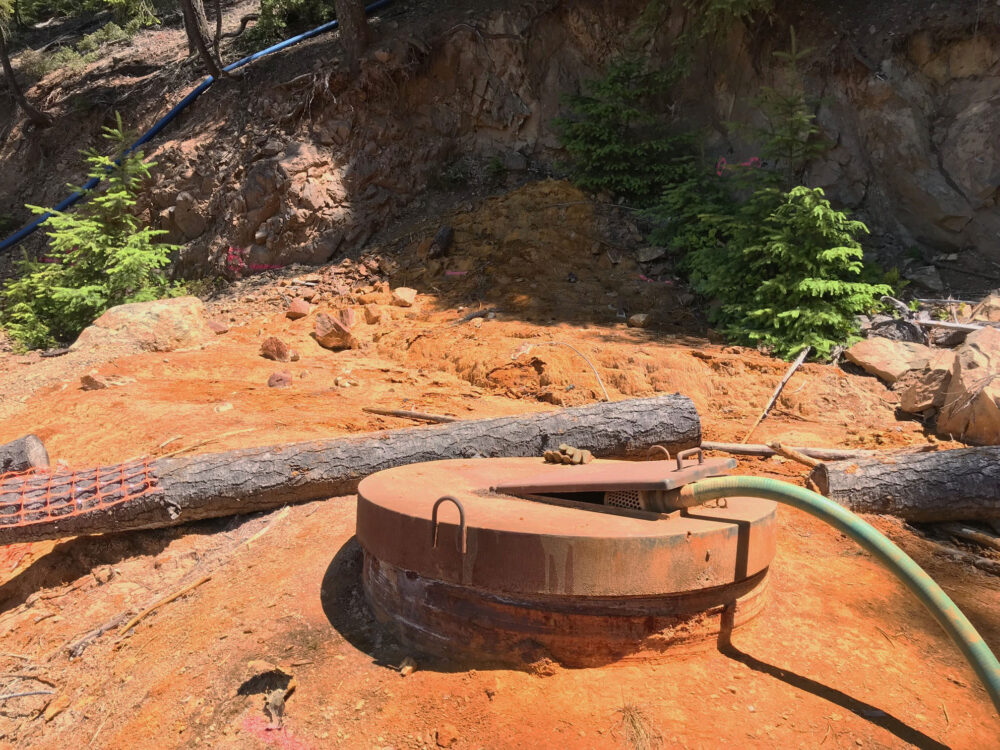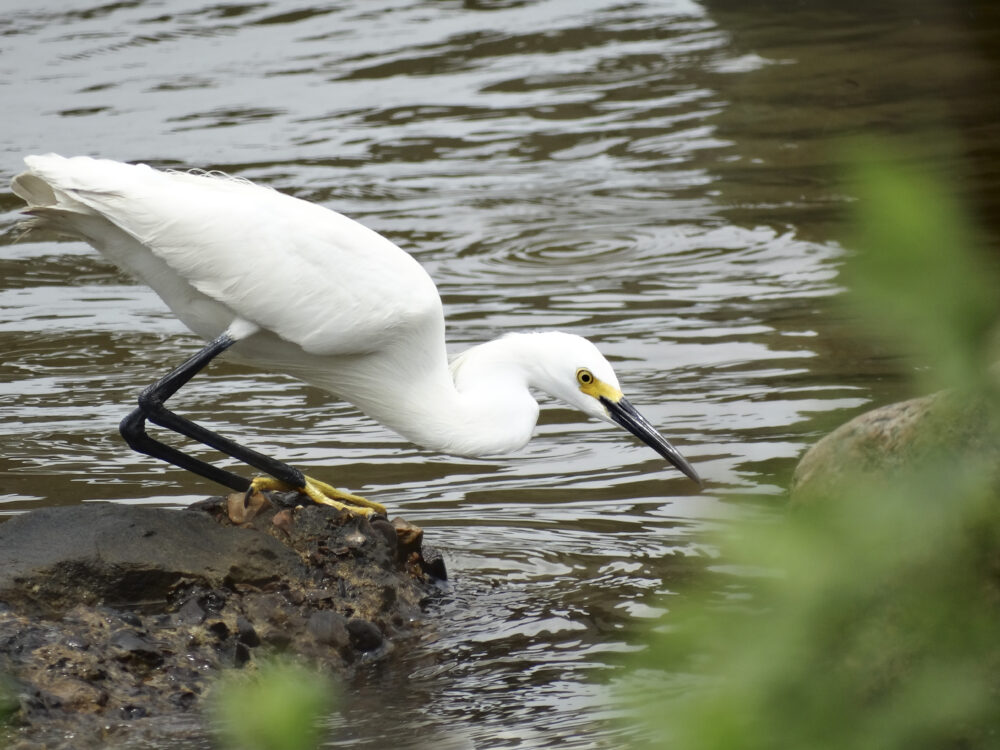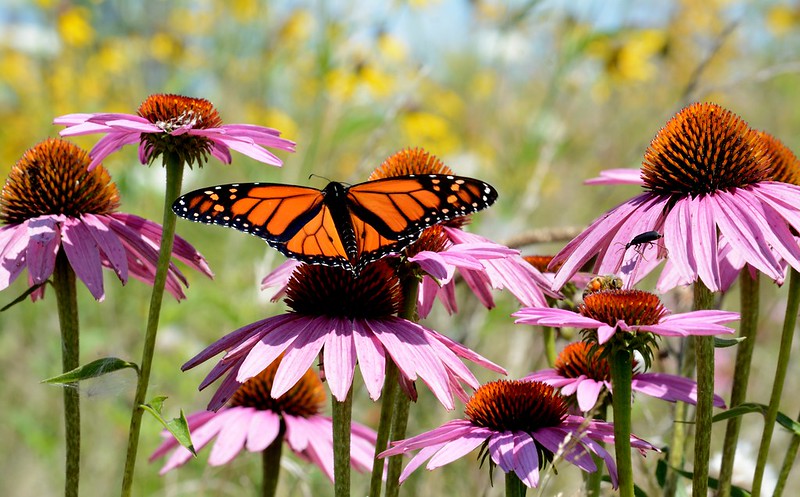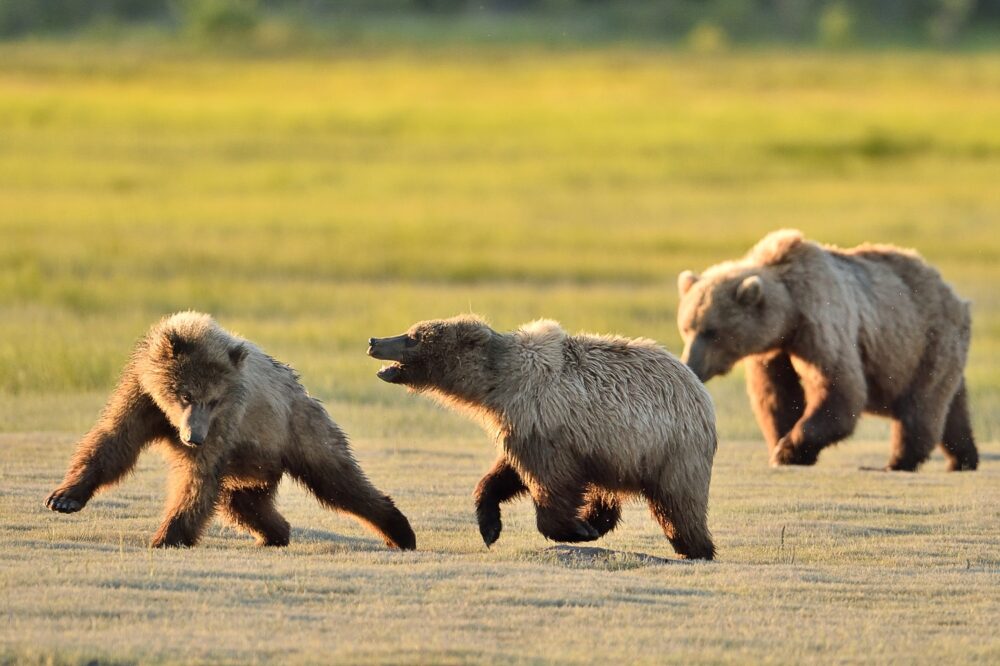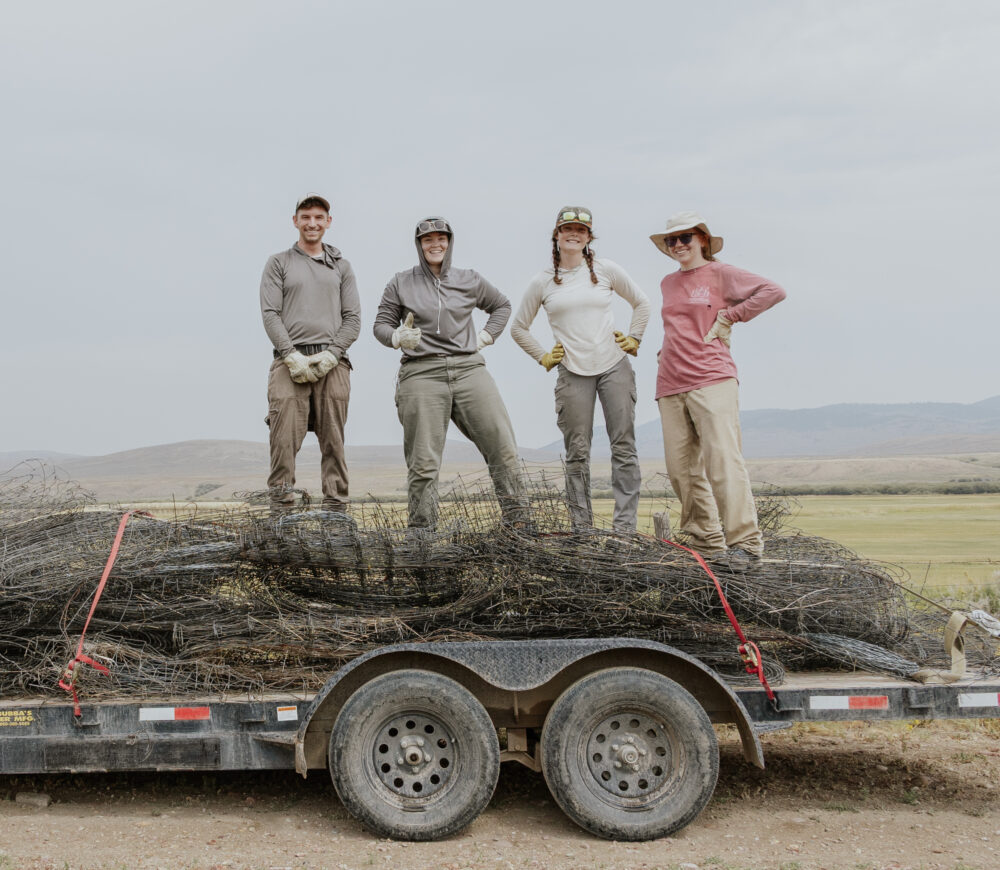We have much more to do and your continued support is needed now more than ever.
Rethinking the Ethanol Mandate: Here’s Why
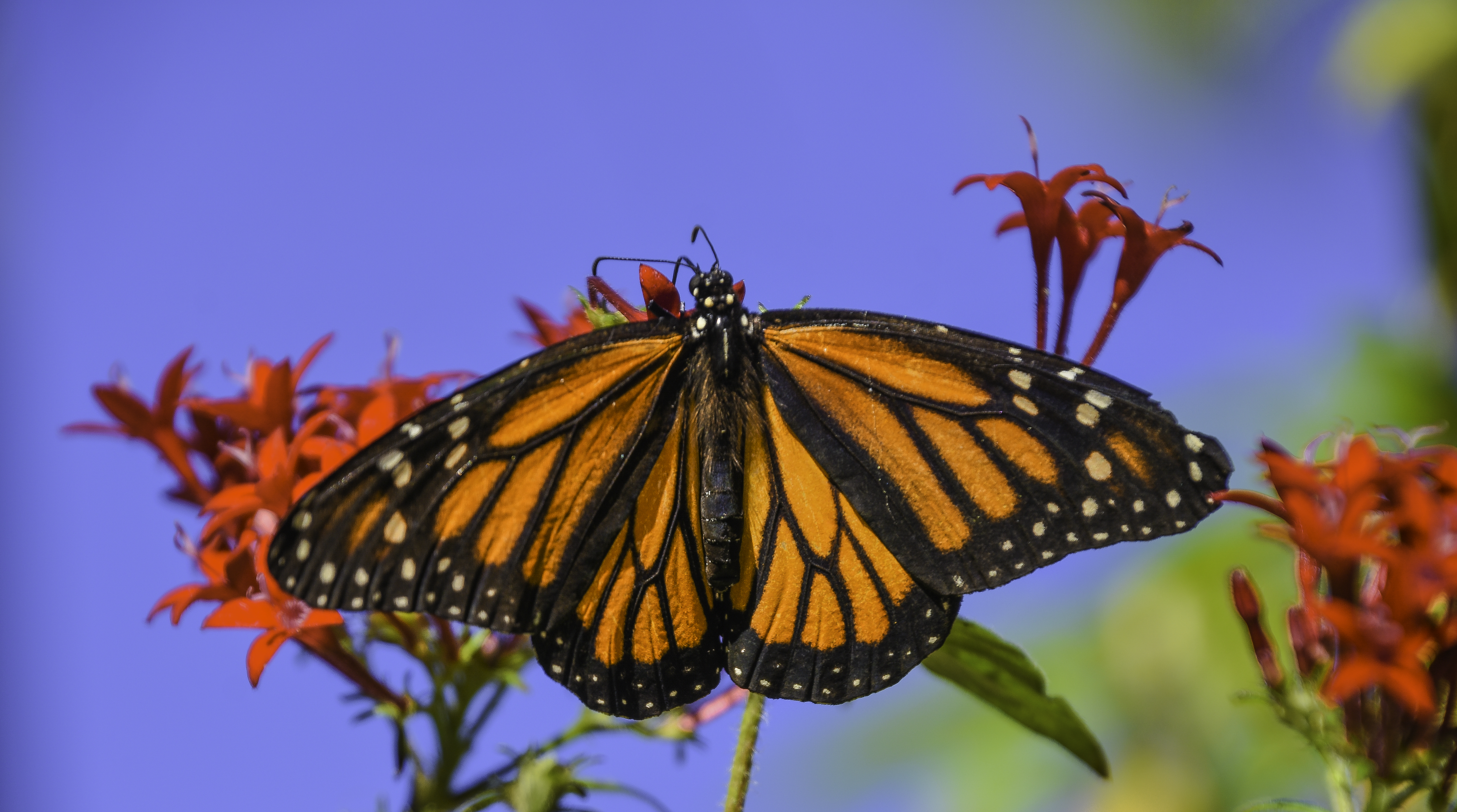
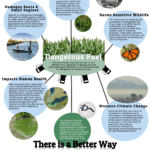
Environmental Protection Agency (EPA) administrator Scott Pruitt recently suggested an increase in the production level of ethanol made from corn — up from the current limit of 15 billion gallons a year. The 2018 standard will be determined in November under the ethanol mandate, otherwise known as the Renewable Fuel Standard (RFS).
When the current ethanol mandate was written into law back in 2007, it was born of good intentions. The goals of the federal RFS are to reduce greenhouse gas emissions and other pollutants, increase energy independence and security, and drive economic development in rural America. Now 10 years later we know that the surge in production of corn and soybeans has led to unintentional, yet monumental, negative consequences impacting wildlife habitats, water quality, human recreation, and air quality while doing little or nothing to achieve those laudable goals.
Here’s what you need to know about the ethanol mandate, and why NWF is calling on Congress to fix the law
The Ethanol Mandate is Destroying the American Prairie
In 2008-2012, 7.3 million acres of land were converted into cropland, of which grasslands accounted for 77 percent of all conversion. The conversion of these native prairies impacts cherished wildlife populations such as waterfowl, prairie chickens, and monarch butterflies through habitat loss, degradation, or fragmentation. The map below illustrates the locations of the highest rates of conversion (dark red) that intersects the Prairie Pothole region and other ecologically significant areas.
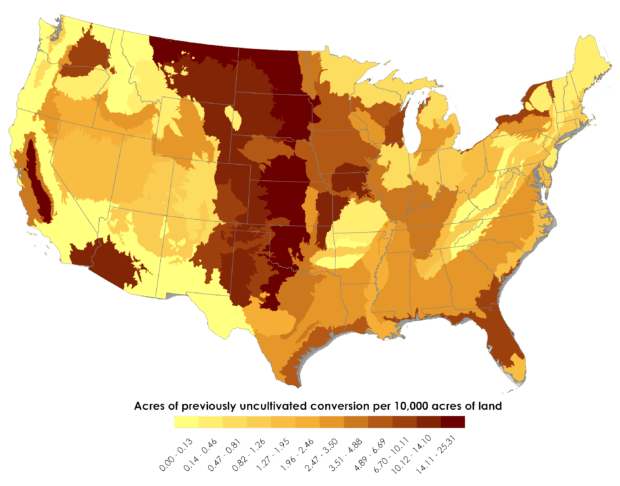
Poisoning Our Water Systems
The expansion of row crop agriculture affects aquatic wildlife and human health through agricultural runoff. Runoff pollution occurs when storms send large amounts of water laced with sediment, chemical fertilizers, and pesticides into nearby rivers, lakes, and streams. The added chemicals cause algae to grow rapidly, sometimes producing toxins that are poisonous to humans. When the algae die and decay, it consumes all of the oxygen in the surrounding area, resulting in a dead zone where aquatic wildlife either relocate or perish. As corn fields continue to expand, the intensity and occurrence of annual algal blooms in the Great Lakes have increased, and this year’s dead zone in the Gulf of Mexico is the largest ever recorded – the size of the state of New Jersey.
But even in states where agricultural expansion is relatively low, such as in Maryland, excess chemical runoff is impacting aquatic species. For example, in the Chesapeake Bay Watershed, corn plantings expanded by an estimated 340,000 acres from 2002 to 2012. The impact of the additional corn acres in Maryland equates to an additional nine million pounds of nitrogen and 200,000 pounds of phosphorus from fertilizer delivered to the Bay, in contradiction of state and federal efforts to limit these pollutants.
Harming Sensitive Wildlife
Bottom dead zones caused by nutrient pollution in the Chesapeake Bay are causing a decline in blue crabs. Dead zones prevent the growth of 75,000 metric tons of clams and worms a year. These low-oxygen areas kill the food that 60 million blue crabs could be eating. It also kills the underwater grasses–or shelter, that young crabs use to avoid predators.
Land conversion also directly destroys important habitats for local and migratory species such as the monarch butterfly. Monarchs migrate throughout the Midwest and rely on a single plant to breed—the milkweed. The milkweed, along with other nectar plants, such as asters and goldenrod, grows abundantly in native grasslands in the Great Plains and Midwest. Native prairie is disappearing faster than any other ecosystem in North America and it is directly related to the decline in monarch populations.
Ask Congress to Defend Wildlife Habitats
The National Wildlife Federation urges Congress to fix the ethanol mandate to stop its contribution to the destruction of monarch populations and grassland habitat and the pollution of our water. The reform must include the following basic principles.
- Significantly decrease the mandated levels of corn ethanol blended into gasoline.
- Enforce existing law to prohibit the future conversion of native habitat to cropland, and disallow any fuels produced on cropland brought into production after the 2007 standard.
- Create a conservation mitigation fund to support the protection and restoration of habitats and renewal of water quality.
You can support wildlife species and native grasslands by clicking on the button below to send a letter to Congress, inform members about the damage being done to monarchs and their habitats, and ask them to require less corn-based fuel in the ethanol mandate.


